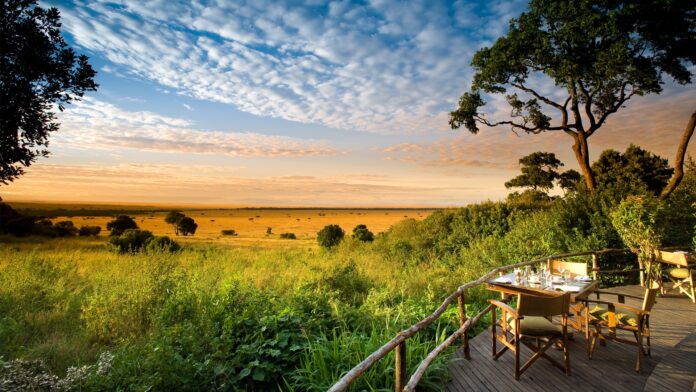Famous for its classic savannah safaris, Kenya is a country of dramatic extremes and contrasts. Deserts and alpine snows, forests and open plains; Nairobi metropolis and colorful tribal cultures, freshwater lakes and coral reefs. It offers a variety of experiences, from savannas full of wildlife and exploring different cultures to dynamic urban environments. It sounds like a paradise for adventure lovers.
This country in the east of the African continent has one of the best-developed tourism industries in the entire continent. Every year millions of tourists come here to enjoy the magnificent and extensive plains, the colorful cities, the magnificent beaches, and safari.
All this seems to be the perfect escape from the everyday routine and looks like going there and having the time of your life is the easiest thing in the world. However, the rich specter of possibilities this lovely country offers also leaves room for a trip to Kenya to become an organizational nightmare – unless you plan ahead. So, if you’re thinking of going to this country, read on for some tips that every traveler should consider before heading there.
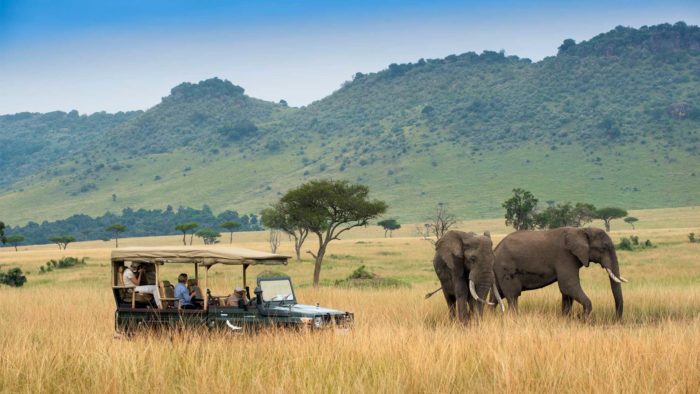
Decide wisely when
It’s better to adapt the departure dates to the region that you want to visit since the country has great climatic diversity. The best months to visit Kenya are definitely January and February – the temperatures are more than pleasant, the climate is dry and you can observe the birds which are very present at this time of year. If you feel like paying a visit between June and September, it also seems like a good option.
However, the months to avoid would be March and May, as they’re quite rainy. The same goes for the period between October and December. You should unquestionably avoid the rainy season if you’re planning to discover the fantastic landscapes of this place, its varied fauna, and beaches.
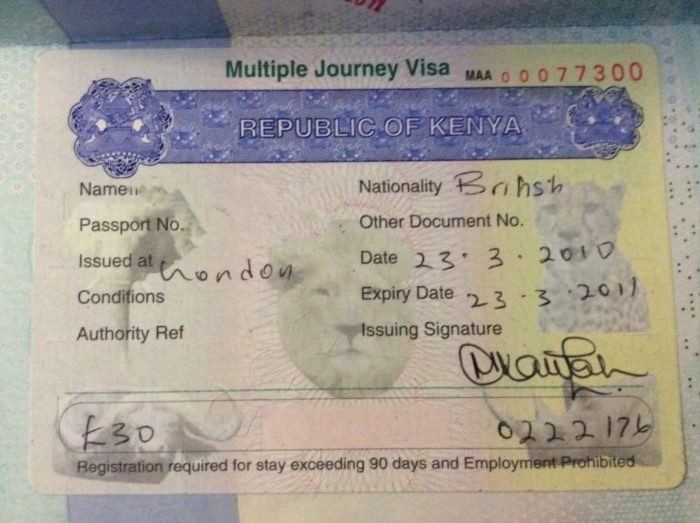
Find out about the visa application
The first thing to keep in mind when traveling to Kenya after deciding to visit it – you have to obtain all necessary documents in order to be able to leave your country and enter the destination safely and without hassle. Travelers need to have a passport with a minimum validity of 6 months and two blank pages inside it.
In addition to those requirements, you’ll also need a visa, of course. It can be obtained at the airports of Nairobi and Mombasa, at the mainland border posts in the country or at the Kenyan embassy in your state. However, it’s recommendable that you do it online through the websites that provide a great service of quick and easy application online. Be careful because there are some pages that offer that kind of service which are a scam – to find out more about safe ways to do it, you can click here.
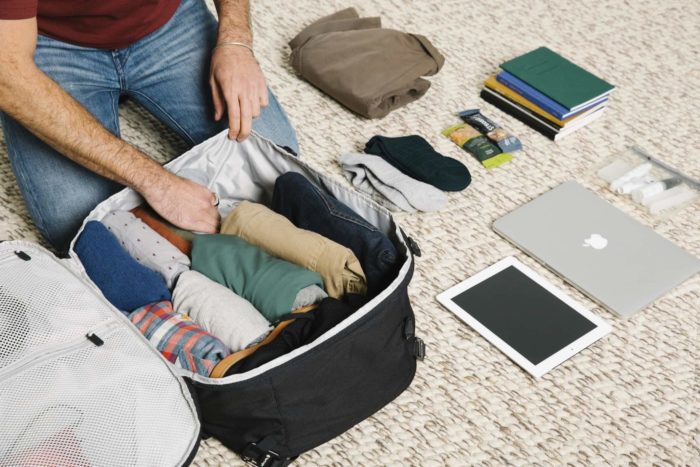
Don’t carry too many things
Landing into the core of the African wildlife involves some transfers by small local planes – and there are a couple of baggage restrictions. Here, the limit is often 15 pounds, which includes your suitcase and hand luggage. For these kinds of trips, a soft, durable canvas bag is an ideal thing to bring with you – it can easily fit into the trunk of a small plane but also be carried in open safari vehicles.
Remember that most campsites offer a free laundry service (you can check this service availability before the trip), which means you can wear the same things multiple times. That means that you shouldn’t really stuff your bags with a bunch of clothes that you won’t need.
Take care of the clothes you’re wearing
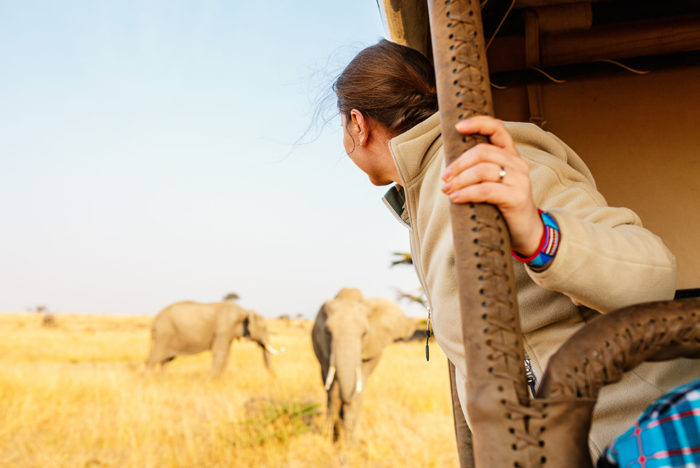
Talking about clothes…
The famous combination of cream and brown is certainly not a fashion fad. When on a safari, there are several good reasons why you should wear just those colors and shades. First, you want to see as many animals as possible. Colors like white and red can upset certain animals. And the result? It’ll keep them away from you. (Oh, one more tip: avoid camouflage wardrobe too, because unless you are a military person, this style of dressing is forbidden!).
Secondly, such tones might save your life. In the large Masai Mara nature reserve, in southwestern Kenya, flies, insects, and mosquitoes are attracted to blue and black. That means that they’ll gladly bite you if your skin isn’t covered or if you’re wearing the wrong colors. Be sure to wear wider long-sleeved shirts, long pants, a hat and sunglasses that will protect you from the powerful African sun.
If you’re planning a safari walk, bring some good hiking shoes too – flip-flops or regular canvas sneakers won’t protect you from bumpy terrain, acacia bushes or snakes.
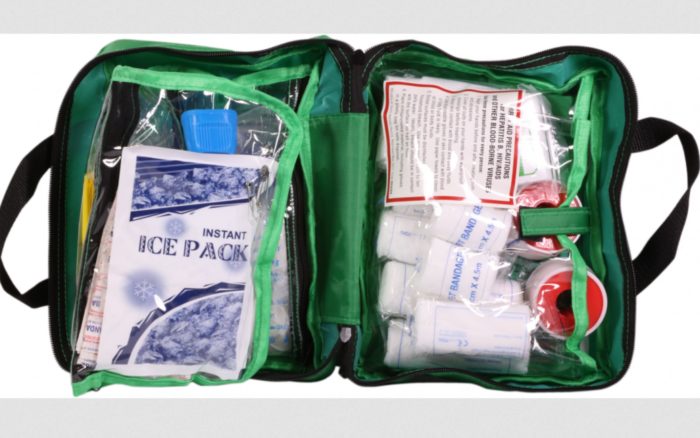
First aid kit and precautions
In addition to the malaria pills, recommended by the doctor of the International Vaccination Center, it’s advisable to think about certain medications that we may need due to some chronic diseases, those for stomach problems, antihistamines if you have any type of allergy, analgesics as aspirin or paracetamol, and antiseptics. Bringing the mosquito repellent is one of the crucial points, and it’s best to look for an extra-strong version – those that are used in our countries of origin might usually not be enough here. Don’t forget the sunscreen as it will also serve for avoiding certain discomforts.
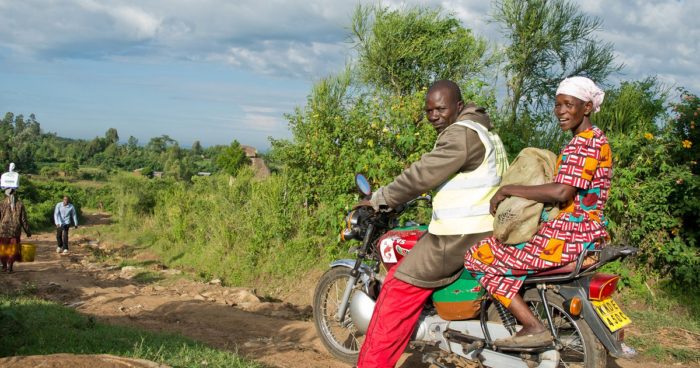
Plan your ways of transportation in Kenya
It’s very likely that you’ll want to move from one area to another during your stay in this country. Of course, you will – there are so many things in different parts of the state that simply need to be visited. The most important thing to know is that using transport such as matatus (small buses) or boda-bodas (motorcycle taxis) should definitely be avoided as in many cases they aren’t insured and are often involved in accidents.
If you consider renting a car during your trip to Kenya we recommend that you use an international rental company. To do this you’ll need an international driving license or the European driving license. It’s possible to cross the border with Uganda, Rwanda or Tanzania by rental car (with an additional charge and prior notice to the company) whenever you intend to return to Kenya. However, it’s not allowed to rent a car in Kenya and return it in another country
To explore the country in-depth, you should consider renting an SUV. A 4×4 will allow you to access all points in Kenya, including rural areas outside the central road system, as well as making it easier for you to drive in case the roads are crowded. If you are traveling in the rainy season (from May to October), check the state of the traffic on the days you are going to drive, just to check if there are any roads that are blocked. It’s also possible to take a self-guided safari by rental car, or arrive by car and hire a guide in the park – doing this in Masai Mara is one of the best experiences that Kenya offers.
And remember: In Kenya, you drive down the left lane, so be careful when driving with your brand new rented car.

